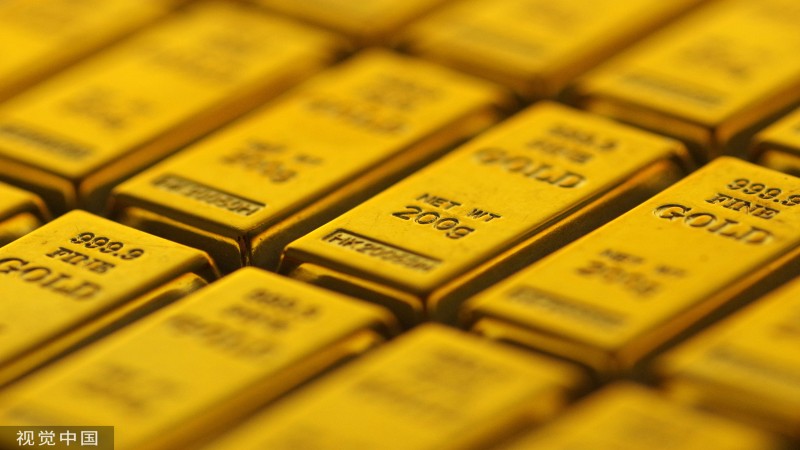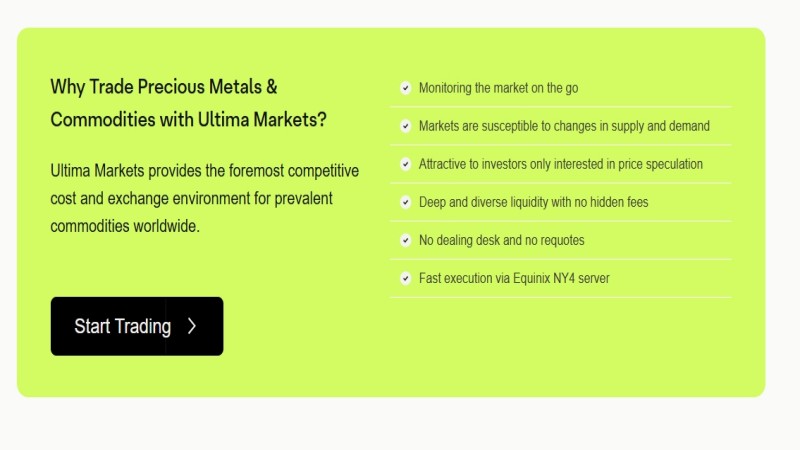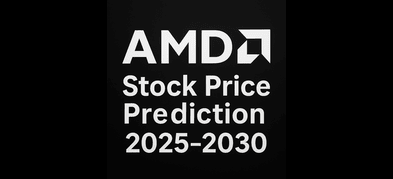What Is Gold Reserve How It Affects Taiwan’s Economy
Gold reserves frequently appear in central bank news and are familiar to the Taiwanese public, though not always fully understood. As inflation rises and the US dollar fluctuates, the importance of gold reserves is becoming increasingly prominent, drawing growing attention from investors.
What Are Gold Reserves?
Gold reserves are gold assets held by central banks as part of their foreign exchange reserves, primarily used to support currency stability and maintain market confidence. They are typically stored in the form of gold bars or ingots in secure vaults, with some held overseas.
Through gold reserves, central banks regulate domestic money supply and respond to global economic risks. During periods of economic instability or rising inflation, gold provides solid protection, reducing the risk of economic damage to the country.
Taiwan’s Gold Reserve Ranking and Current Status
As of the end of 2024, Taiwan’s central bank holds approximately 423.6 metric tons of gold reserves, ranking 14th globally and 5th in Asia, behind only China, Japan, India, and Saudi Arabia.
Over the past decade, the central bank has kept its gold reserves relatively stable, with no significant buying or selling activity. Compared to the volatility of US dollar assets in foreign exchange reserves, gold assets have remained highly stable, indicating that the central bank continues to view gold as a key defensive asset.

How Significant Is the Impact of Gold Reserves on Taiwan’s Economy?
Gold reserves are closely linked to Taiwan’s economy. As a safe-haven asset, gold prices tend to rise during geopolitical tensions, global market turmoil, or US dollar weakness, indirectly increasing the value of Taiwan’s central bank assets.
For example, in 2023, amid global market instability caused by the Russia-Ukraine war and inflation concerns, international gold prices surged above 2,000 US dollars per ounce, raising the book value of Taiwan’s gold reserves by nearly 2 billion US dollars. This effectively helped buffer the impact of fluctuations in foreign exchange assets.
The Relationship Between Gold Reserves and Inflation
Gold has long been regarded as a hedge against inflation, as its price typically rises in tandem with overall price levels. When currency purchasing power declines, gold’s value-preserving function becomes more prominent, allowing central banks to effectively cushion the impact of inflation through their gold reserves.
Investors can also observe central bank actions and consider moderately increasing their gold holdings in an inflationary environment to preserve asset value.

How Do Gold Reserves Influence the US Dollar Trend?
Gold prices and the US Dollar Index move inversely, when the dollar weakens, gold strengthens, and vice versa. Once the US rate hike cycle ends, market capital often shifts from the dollar to gold, pushing gold prices higher.
About half of Taiwan’s central bank gold reserves are stored at the Federal Reserve, making them closely linked to the US dollar. Therefore, Taiwanese investors can reference gold reserves and dollar trends for asset allocation and seize market opportunities in real time through a trading account with Ultima Markets.
Gold Reserves and Central Bank Policy Connection
Shifts in central bank policies, as well as gold purchases or sales, can signal economic outlooks. Since 2018, countries like China and Russia have continuously increased their gold reserves to reduce reliance on the US dollar.
Investors should monitor central bank actions and utilize financial tools such as gold ETFs and gold passbooks for flexible operations. For those concerned about market volatility, Ultima Markets offers a demo account to test trading strategies in advance without taking real risks.
Gold Reserves vs. Foreign Exchange Reserves
Gold reserves and foreign exchange reserves serve similar functions but differ in nature. Foreign exchange reserves, mainly in US dollar assets, have high liquidity but are more affected by exchange rate fluctuations; gold reserves have lower liquidity but effectively preserve value and hedge risks.
By the end of 2024, Taiwan’s central bank held around USD 580 billion in foreign exchange reserves, with gold reserves accounting for about 3%, a stable proportion worth referencing for leveraged asset allocation and adjustments.

Gold Reserve Investment Methods: Physical Gold vs. Gold ETFs
| Investment Method | Advantages | Disadvantages |
| Physical Gold | Strong value preservation, inflation hedge | High storage costs, low liquidity |
| Gold ETFs | Low transaction costs, high liquidity | Management fees, affected by fund volatility |
Taiwanese investors can choose different gold investment methods based on their needs and risk tolerance. Physical gold offers strong value preservation and is suitable for long-term holding, while gold ETFs provide higher liquidity and lower transaction costs.
How to Invest in Gold with Ultima Markets?
By investing in gold through Ultima Markets, investors can benefit from a professional trading platform and make flexible decisions based on market movements. Ultima Markets provides real-time gold trading tools, enabling efficient execution for both spot gold and gold derivatives.
In addition, the platform offers robust asset management tools, real-time market data, and professional customer support, delivering comprehensive services to investors. During periods of gold market volatility, Ultima Markets helps investors seize opportunities for risk hedging or capital appreciation.

FAQ
Will central banks significantly increase gold holdings?
Currently, central banks have not indicated plans for large-scale gold accumulation, prioritizing stability instead.
Will gold prices rise indefinitely?
No. Gold prices are influenced by the US dollar, economic conditions, and interest rate policies, and they also undergo cyclical adjustments.
Can Taiwanese citizens directly trade gold reserves?
Gold reserves are central bank assets and cannot be directly traded by the public, but investors can participate through financial products.
Conclusion: The Importance of Gold Reserves
Gold reserves are not only a crucial asset for Taiwan’s central bank to defend against economic risks but also a key reference for investors to assess financial market trends. By understanding changes in central bank gold reserves and their relationship with the US dollar and inflation, investors can better anticipate market movements and enhance investment performance.
Mastering the concept of “gold reserves” is a fundamental strategy for investors to gain a winning edge.
Disclaimer: This content is provided for informational purposes only and does not constitute, and should not be construed as, financial, investment, or other professional advice. No statement or opinion contained here in should be considered a recommendation by Ultima Markets or the author regarding any specific investment product, strategy, or transaction. Readers are advised not to rely solely on this material when making investment decisions and should seek independent advice where appropriate.
























